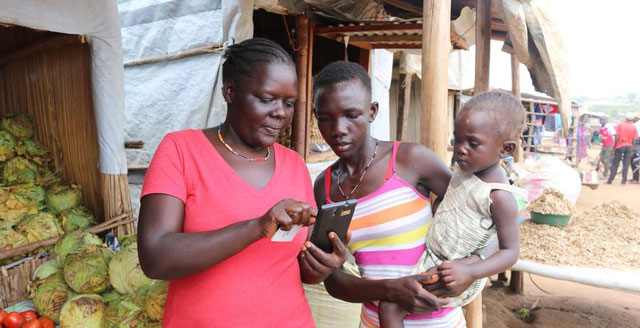
West Africa now dominates growth in Africa’s mobile money sector
Lagos, Nigeria| BIRD AGENCY | East Africa has lost its mantle as the engine of growth for Africa’s dynamic mobile money sector to West Africa, according to GSMA State of the Industry Report (SOTIR) 2023.
East Africa – where the continent’s mobile money behemoth, M-PESA, is domiciled – boasted the highest activity rate in the region as recently as 2020 but it has since declined for two consecutive years.
In contrast, West Africa’s activity rates have risen consistently from 2018 and active mobile money accounts grew by 25% between 2021 and 2022.
“Not only are more people registering for mobile money accounts, but many who have signed up are actively using mobile money for their everyday needs – more than users have in previous years,” according to the GSMA report.
In 2022, West Africa had the highest number of new accounts among all subregions worldwide.
The area’s mobile money leaders include Côte d’Ivoire, Ghana, and Senegal, closely followed by Benin, Burkina Faso, and Mali. Between 2020 and 2022, these countries were the primary growth drivers in West Africa.
In Nigeria, the introduction of the payment service bank (PSB) licence has significantly impacted mobile money usage, which has steadily increased.
East, West and Southern Africa account for a staggering 66% (US$832 billion) of a global mobile money market valued at US$1.26 trillion. GSMA bundles North African figures into the Middle East, so overall figures for Africa are even higher.
In the review period, those three areas added 218 million new wallets, of 401 million added globally.
Worldwide, mobile money’s adoption and active usage continued to rise, with registered accounts growing by 13%, from 1.4 billion in 2021 to 1.6 billion in 2022.
GSMA credits freshly liberalised markets, Ethiopia and Nigeria which are experiencing a surge in mobile money adoption, driven by regulatory reforms and rising demand for digital payments, for much of Africa’s rise.
“This growth can be attributed, in part, to regulatory changes in Sub-Saharan Africa, particularly in Nigeria and Ethiopia, where mobile money adoption rose rapidly,” it says.
With a combined population of over 340 million, Ethiopia and Nigeria are experiencing rapid growth in their mobile money markets.
Recent regulatory changes have allowed mobile money providers (MMPs) to launch services in both countries. Nigeria has seen mobile money account ownership rise from 16% to 22% in the past year, with 88% of those accounts registered in the user’s name.
Ethiopia’s mobile money market is growing quickly, with 18% of mobile-using adults owning an account, almost on par with more established markets like Pakistan.
Mobile money is a digital financial service that allows users to store, send and receive money using their mobile phones. It is widely seen as a tool for financial inclusion, especially for those who lack access to traditional banking services.
Mobile money is also a key savings channel, with 60% of mobile money providers (MMPs) offering users a savings account in 2022, compared to only half of the providers in 2021.
According to the World Bank Global Findex 2021, “15% of adults in Sub-Saharan Africa, or 39% of all mobile money account owners in the region, saved using a mobile money account.”
******
SOURCE: Seth Onyango, bird story agency
 The Independent Uganda: You get the Truth we Pay the Price
The Independent Uganda: You get the Truth we Pay the Price



